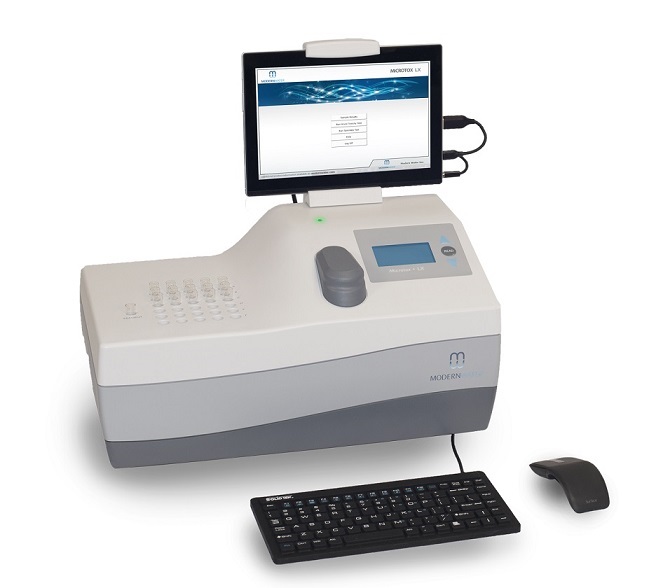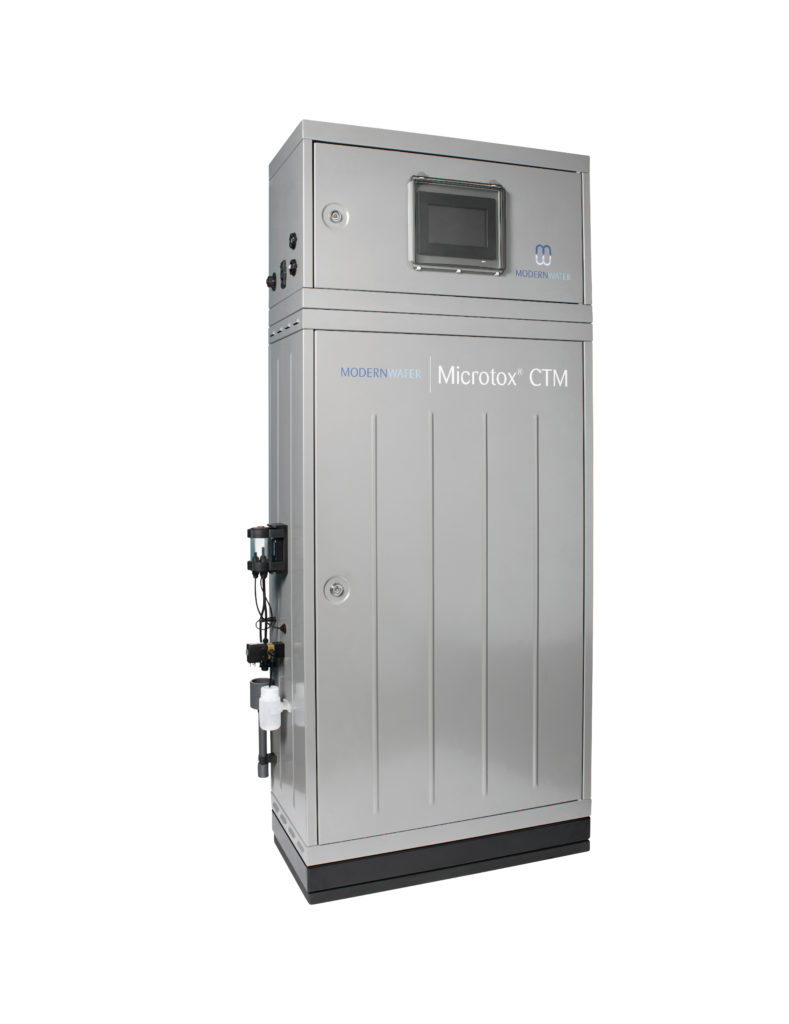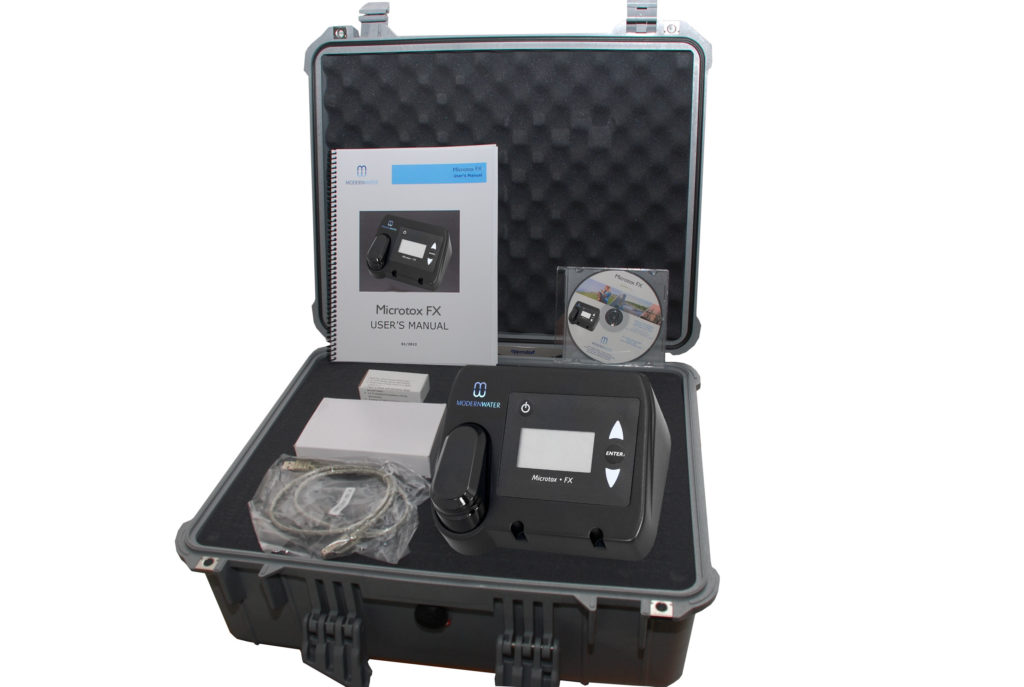What is bioluminescence and how does it work?
Bioluminescence is the production and emission of light by a living organism. Bioluminescence occurs widely in marine vertebrates and invertebrates, as well as in some fungi, microorganisms including some bioluminescent bacteria and terrestrial invertebrates such as fireflies.
Bioluminescence occurs through a chemical reaction that produces light energy within an organism’s body. For a reaction to occur, a species must contain luciferin, a molecule that, when it reacts with oxygen, produces light.
Biosensor tests using bioluminescent bacteria have been in use for 30 years and their capability in detecting toxic substances is well understood. They use the principle that certain strains of bacteria emit light when healthy. When they are exposed to toxic substances, the amount of light emitted reduces. The greater the toxicity of the sample, the lower the light emitted. Measuring changes in light between healthy bacteria and bacteria exposed to toxic substances will therefore indicate the presence of a toxin in a water sample.
What is Modern Water’s solution?
Our systems use bioluminescent bacteria to perform biosensor testing that detects the presence of toxic substances.

Microtox® LX
Modern Water has invented three different toxicity monitors that use bioluminescence; the Microtox® CTM a site-based, broad range continuous toxicity monitor; the Microtox® LX toxicity test system is the industry standard for laboratory-based rapid toxicity screening and analysis; and the Microtox® FX, a portable acute toxicity analyser used with the Microtox® technology.

Modern Water’s range of toxicity testing technologies is both industry-leading and ground-breaking. For a full list of scientific papers written about our Microtox® technology visit the Technical Support section on their website.
Why do I need this?
Real-time continuous monitoring systems are important for the protection of water resources against either accidental or intentional releases of toxic chemicals.
Applications
- Petro drilling mud
- Contaminated soil
- Drinking water monitoring
- Exotoxicology
- Hazardous waste
- Industrial effluent
- Industrial process water
- Marine water
- Medical/Pharmaceutical products
- Mining wastes, soil and water
- Municipal effluent
- Personal care/household
- Chemicals
- Recreational water
- Sediments
- Solid phase materials
- Storm water
- Deliberate and accidental contamination events
- Potable water at point of use or in the distribution network
- Monitoring of rivers, lakes, reservoirs, seawater, groundwater/natural attenuation

Microtox® FX
